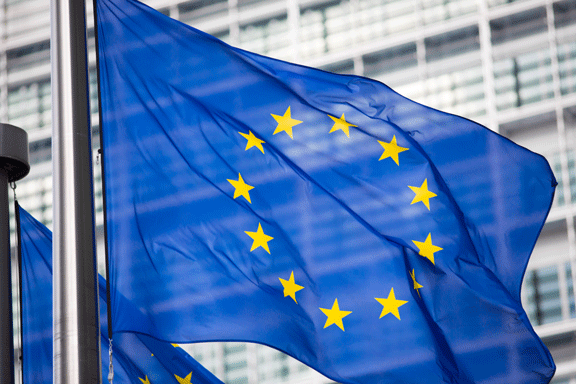ArcelorMittal lays out its Green Deal for Europe

The European Union (E.U.) always knew it would be a herculean undertaking for Europe to achieve net-zero emissions by 2050.
Never mind that the goal is poorly defined.
Technically, planting a billion trees but changing nothing else would probably achieve net-zero emissions, as the trees would offset all other pollution — but that’s not really the idea.
Green Deal or Not Is Your Company Prepared in the Event of a Steel Price Spike?
The idea is for every section of the economy to be run in such a way that it does not emit harmful carbon emissions and, as a whole, Europe reverses the centuries of pollution it has released into the world since the start of the industrial revolution.
That is a fine aspiration, but the problem is the cost, and none more so than in the iron and steel industry.
A recent Financial Times article reports on ArcelorMittal’s Carbon Action Report released last week, which details how the company would achieve the goal of reaching net-zero emissions among its operations by 2050.
Of course, steel would not be alone, but as the Energy Transmission Commission estimates, the iron and steel industry accounts for about 7% of global emissions: clearly, it’s a major part of the problem.
As an example of the process other steel companies are going through — and the probable ramifications — ArcelorMittal’s report makes interesting reading. The firm is clear it has the technology, what it needs is help with the estimated €65 billion cost.
The main way to reduce the carbon footprint of steel production, according to the Financial Times, is for blast furnaces to use something other than coal as the reducing agent. Another is to use “end-of-pipe” technology to capture and store greenhouse gases. Switching from blast furnaces smelting iron ore to recycling scrap in electric arc furnaces is an improvement in emissions but still consumes vast amounts of power to melt down metal (power that often comes from coal-fired power stations, particularly in Europe’s industrial heartland of Germany).
As a first stage, ArcelorMittal is targeting an initial 30% reduction in emissions by 2030, the Financial Times reports, but at an increase in production costs of 30-80%. Two technological routes are favored, the first being “smart carbon,” which uses biomass instead of coal, alongside clean electricity from renewable sources and carbon capture and storage.
A more expensive option is direct reduction iron ore (DRI), through which hydrogen — rather than natural gas — is used as a reductant and for heating the furnaces. ArcelorMittal puts the cost of deploying smart carbon at an eye-watering level between €15 billion and €25 billion and DRI at an even higher level of between €30 billion and €40 billion by 2050.
Not surprisingly, the company is calling for financial support to achieve these goals as direct grants and policy support in the form of a carbon border adjustment tax – essentially, a tax on any imported steel that did not meet the same zero-emission standards.
The challenges are immense. Apart from the cost, Europe does not have remotely enough clean hydrogen production at present. Industry and refineries currently use some 8 million tons of hydrogen a year. However, according to Reuters, most of this is made from natural gas in a process that itself produces carbon emissions. “Green” hydrogen would require electrolysis based on renewable clean electricity using in the region of 45-50 Gw and at a cost of between €180 billion and €470 billion for the electricity and hydrolysis combined. Hydrogen would become the preferred fuel, not just for steelmaking but also for cement, chemicals feedstock, and as an alternative to electric vehicles in fuel-cell vehicles.
Improve metal purchase timing and mitigate price risk — trial MetalMiner’s monthly metal buying outlook
Despite the cost, European politicians seem adamant the continent will achieve its Green Deal goals. A form of border adjustment tax, among many other measures, is under review.
The U.S. has taken the opposite view from a policy position and relaxed targets. One consequence could be the erection of yet more barriers to trade if Europe seeks to keep out products from countries that it deems are not meeting their climate obligations.
Whatever your view of climate change may be, whether ardent campaigner or total denier, none of us will escape the consequences of policy changes currently being formed.


Leave a Reply